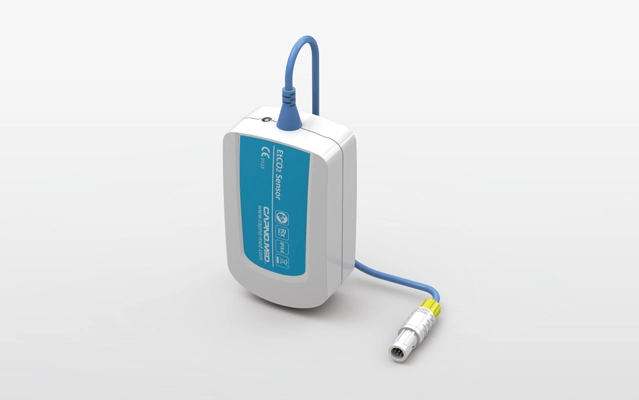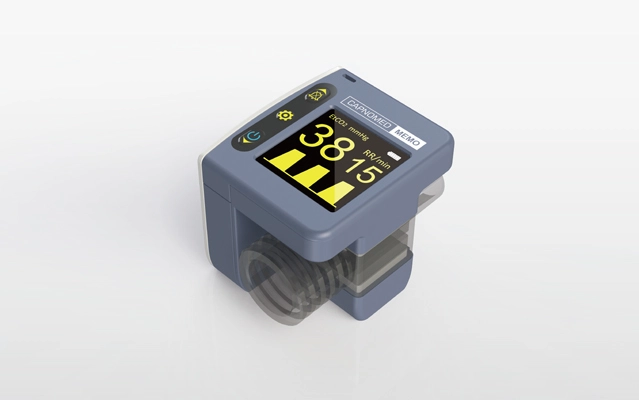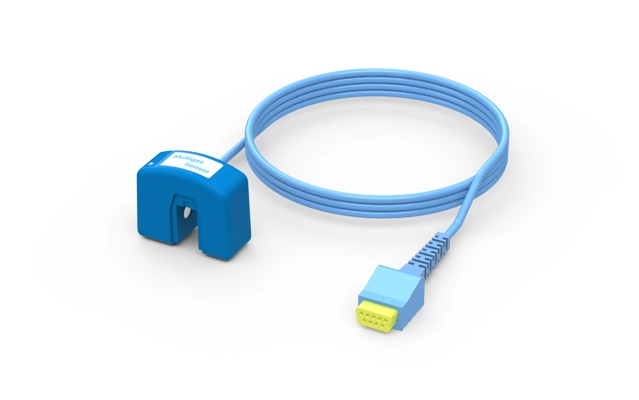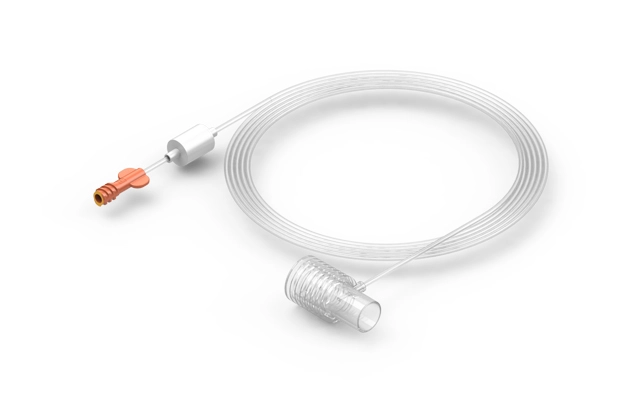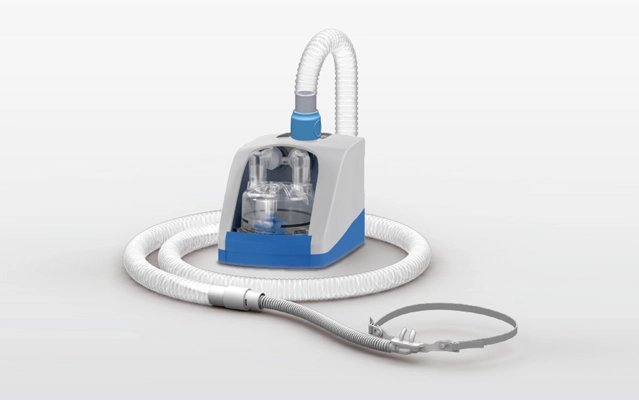In the realm of medical technology, innovations continually strive to enhance patient care and monitoring. Sidestream capnography emerges as a pivotal advancement in this pursuit, offering a range of benefits that significantly improve patient outcomes and streamline medical procedures.
Understanding Capnography
Before delving into its advantages, let's grasp the essence of capnography. Capnography is the process of measuring the concentration of carbon dioxide (CO2) in exhaled breath. It provides valuable insights into respiratory status and overall metabolic function, making it an indispensable tool in various medical settings.
Advantages of Sidestream Capnography
1. Enhanced Monitoring Accuracy
Sidestream capnography allows for continuous and precise monitoring of CO2 levels, offering real-time feedback on respiratory status. This accuracy aids in early detection of respiratory compromise, facilitating prompt intervention.
2. Broad Applicability
Unlike mainstream capnography, which requires direct contact with the airway, sidestream capnography can be used in a variety of clinical scenarios. From intubated patients in the operating room to spontaneously breathing individuals in the emergency department, its versatility makes it applicable across diverse medical specialties.
3. Reduced Risk of Contamination
Sidestream capnography involves aspirating a small sample of exhaled air through a thin tube, minimizing the risk of contamination compared to mainstream capnography. This reduction in contamination risk is particularly crucial in sterile environments such as surgical suites, where maintaining aseptic conditions is paramount.
4. Enhanced Patient Comfort
The non-invasive nature of sidestream etco2 detection contributes to enhanced patient comfort and compliance. Patients experience minimal discomfort during monitoring, promoting better cooperation and reducing anxiety levels, especially in pediatric and geriatric populations.
5. Early Detection of Respiratory Compromise
By providing continuous monitoring of CO2 levels, sidestream capnography facilitates early detection of respiratory compromise, including hypoventilation, apnea, and airway obstruction. Timely identification of these issues enables healthcare providers to intervene promptly, preventing adverse outcomes such as respiratory arrest.
6. Improved Ventilation Management
Sidestream capnography offers valuable insights into ventilation adequacy and helps optimize ventilator settings in mechanically ventilated patients. By monitoring end-tidal CO2 levels, healthcare providers can titrate ventilator parameters more effectively, ensuring optimal oxygenation and carbon dioxide elimination.
7. Facilitation of Procedural Sedation
In settings where procedural sedation is administered, such as during endoscopic procedures or minor surgeries, sidestream etco2 detection plays a crucial role in monitoring respiratory status. It enables healthcare providers to detect respiratory depression early, minimizing the risk of complications associated with oversedation.
8. Integration with Advanced Monitoring Systems
Sidestream capnography seamlessly integrates with advanced monitoring systems, allowing for comprehensive patient assessment. By combining CO2 monitoring with other vital signs such as heart rate, blood pressure, and oxygen saturation, healthcare providers gain a holistic view of patient physiology, enabling more informed clinical decision-making.
9. Portable and Compact Design
Many sidestream capnography devices boast a portable and compact design, making them suitable for use in various healthcare settings, including ambulances, clinics, and field hospitals. This portability enhances accessibility to advanced monitoring capabilities, even in resource-limited environments.
10. Facilitation of End-Tidal Gas Monitoring
Beyond CO2 monitoring, sidestream etco2 detection facilitates the measurement of other end-tidal gases, such as oxygen and nitrous oxide. This capability is particularly valuable in anesthesia management, where precise control of gas concentrations is essential for patient safety.
11. Education and Training Opportunities
Sidestream capnography serves as a valuable educational tool, allowing healthcare providers to visualize respiratory waveforms and interpret CO2 waveforms in real time. This hands-on learning experience enhances clinical skills and fosters a deeper understanding of respiratory physiology among medical professionals.
12. Cost-Effectiveness
Despite its advanced capabilities, sidestream etco2 detection offers a cost-effective solution for continuous respiratory monitoring. Its versatility, reliability, and ability to prevent adverse events justify the initial investment, leading to long-term cost savings through improved patient outcomes.
Sidestream capnography stands at the forefront of respiratory monitoring technology, offering a multitude of advantages that enhance patient care and safety. From its accuracy and versatility to its role in early detection and intervention, sidestream capnography exemplifies the fusion of innovation and clinical excellence in modern healthcare. Contact Capnomed if are looking for sidestream etco2 sensors.
 English
English
